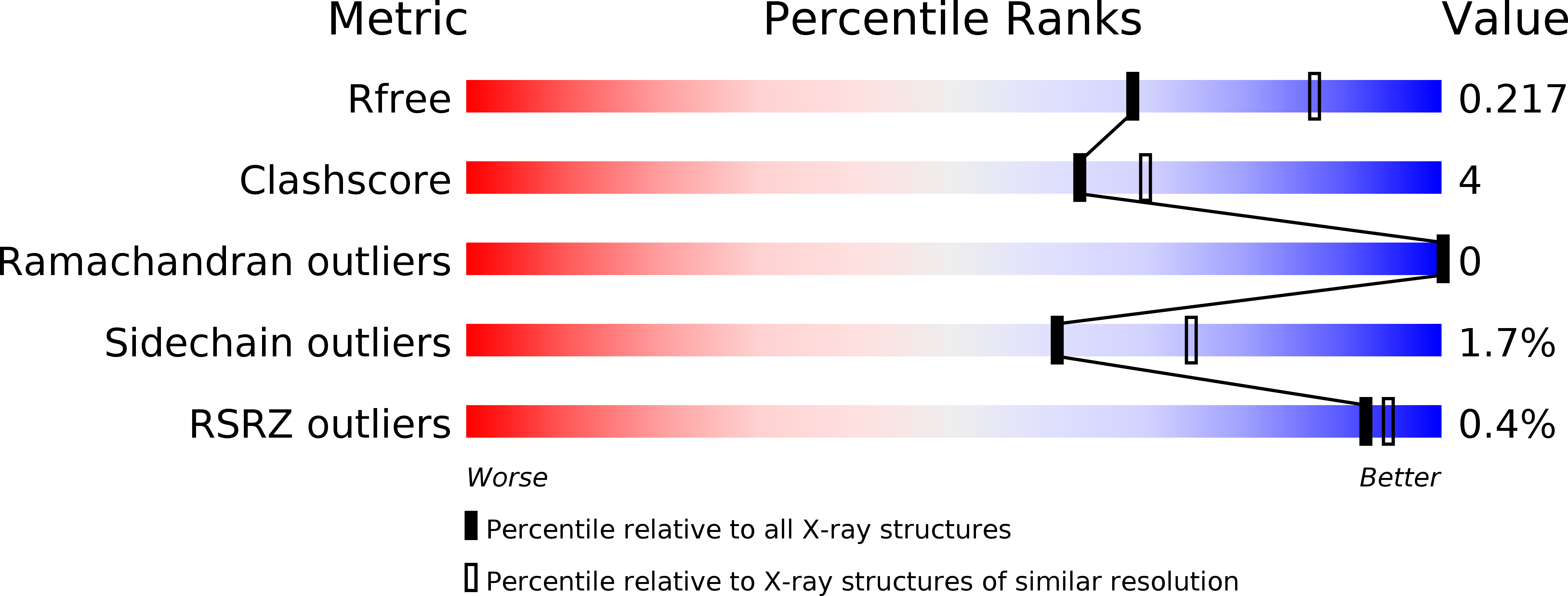
Deposition Date
2018-10-29
Release Date
2019-09-11
Last Version Date
2023-11-22
Entry Detail
PDB ID:
6INZ
Keywords:
Title:
Crystal structure of solute-binding protein complexed with unsaturated hyaluronan disaccharide
Biological Source:
Source Organism:
Streptobacillus moniliformis DSM 12112 (Taxon ID: 519441)
Host Organism:
Method Details:
Experimental Method:
Resolution:
2.29 Å
R-Value Free:
0.21
R-Value Work:
0.15
R-Value Observed:
0.16
Space Group:
P 21 21 21


